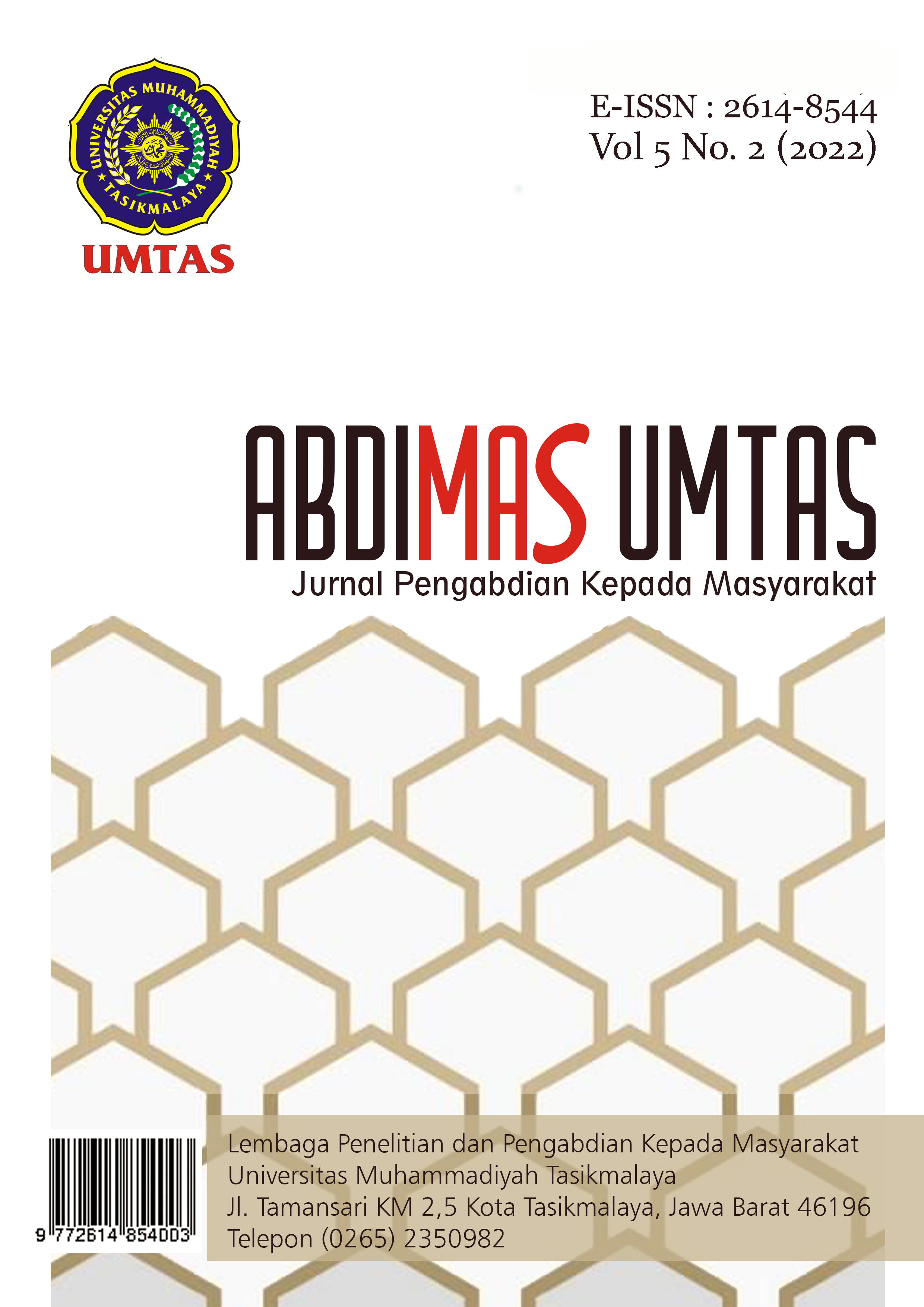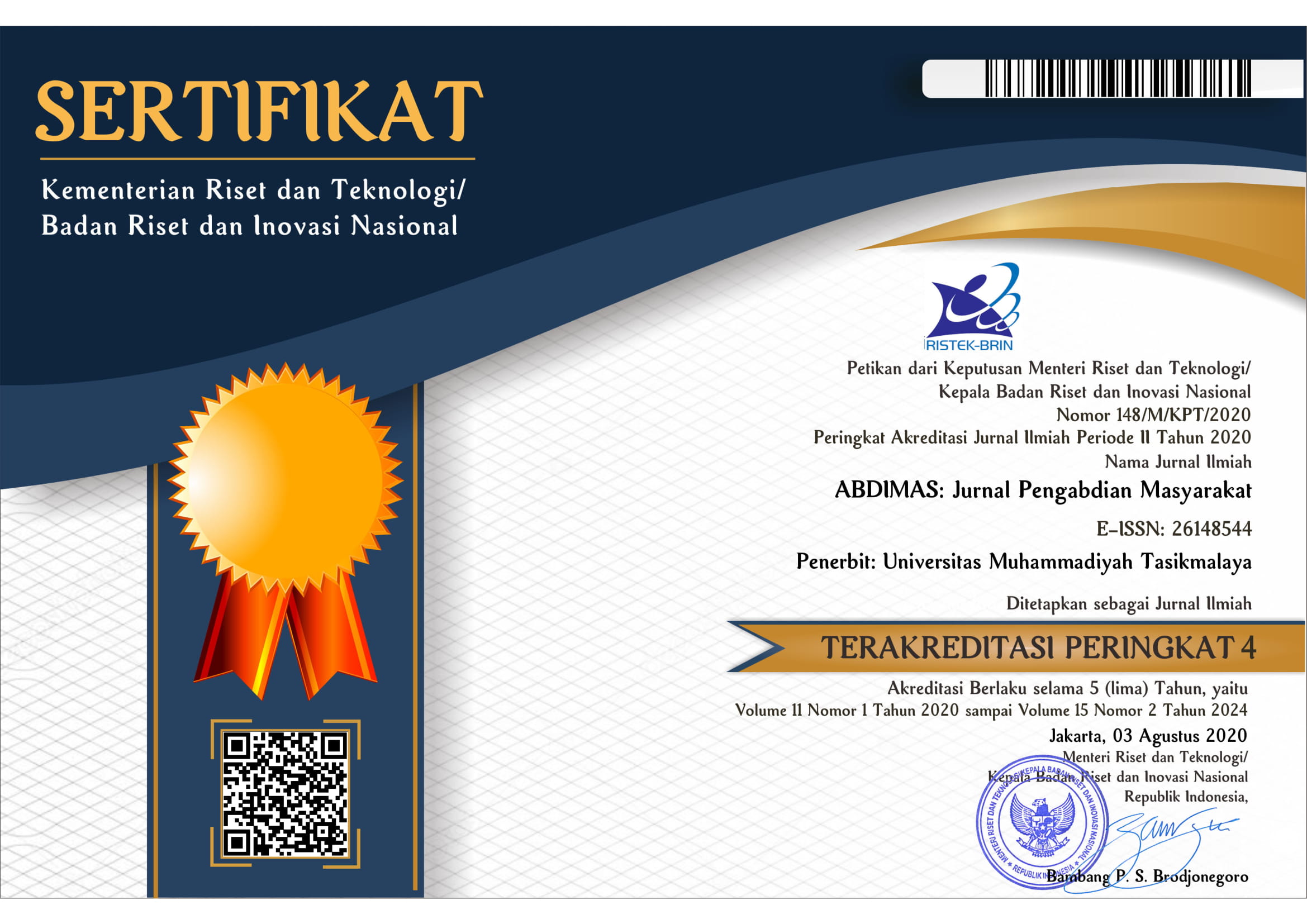Runoff-Stormwater Management at Ridho Residence Using the Rain Garden
DOI:
https://doi.org/10.35568/abdimas.v5i2.2757Keywords:
Runoff, Property, Catchment Area, Rain GardenAbstract
Namorambe Sub-district is located in a lowland area with 100 mm/day rainfall intensity. The lack of green open land exacerbates rainwater infiltration due to rampant housing developments. This problem has resulted in some Namorambe being subject to annual flooding. An inundation of 10-30 cm can damage infrastructure, disrupt economic stability, and threaten public health. To overcome this problem, the team provided socialization and training and made a rain garden at the Ridho Residence as a pilot model for the community. By looking at the social life in this very friendly housing and the people who live by having a sense of togetherness and living together, the team is confident that the program that has been implemented can be sustainable. The community is expected to feel the program's social, economic, and health benefits. It is one of the most effective ways to introduce rain gardens to the community in Namorambe District. With the provision of rain runoff management training through the application of a rain garden for residential property managers, the selling price of housing can be increased because it is equipped with facilities that make residents safer and more comfortable.














